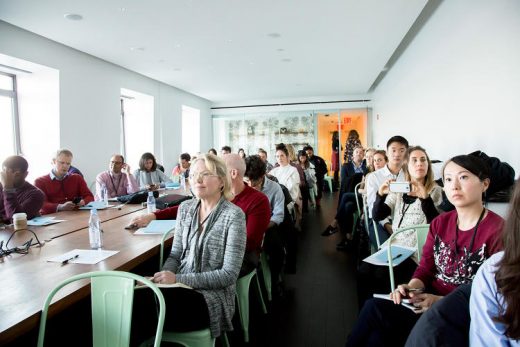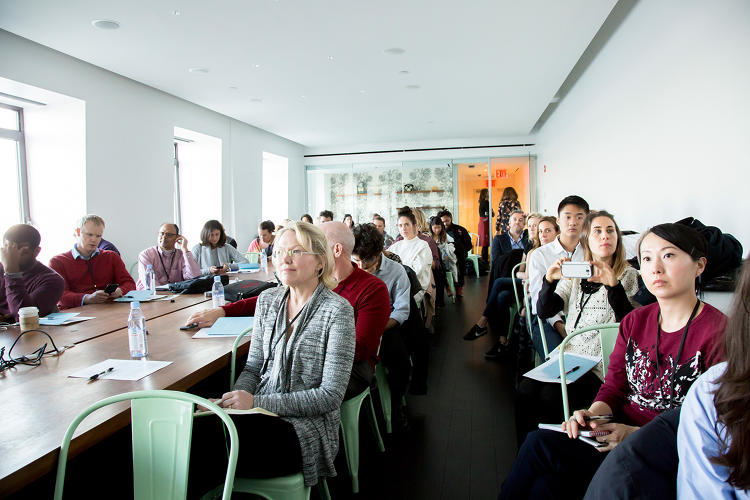How Creative Agency Droga5 Comes Up With Those Memorable Ads
You may not know their name, but you’ve definitely seen their work.
If you admired the Hillary Clinton ad that featured children watching Donald Trump say offensive things on TV, were inspired by the Under Armour ad that showed Michael Phelps slogging through his workout regimen, and laughed at that Quilted Northern ad that starred a porcelain toy bunny contemplating suicide because she’s facing the toilet seat, then you’re a fan of Droga5.
The creative agency, founded by David Droga in 2006, has transformed advertising in the past 10 years and its offices in New York’s financial district reflect their powers of imagination, dedication to the social good, and subversive sense of humor. Taking up eight floors of a building with sweeping views of the East River and New York harbor, it features a grand staircase straight out of Game of Thrones that descends to an open workspace, an old-fashioned library with stuffed club chairs and shelves lined with books, and plenty of nooks and crannies designed for creative brainstorming. True to Droga’s Australian heritage, each of its eight conference rooms is themed after a deadly Australian animal, from white sharks to box jellyfish.
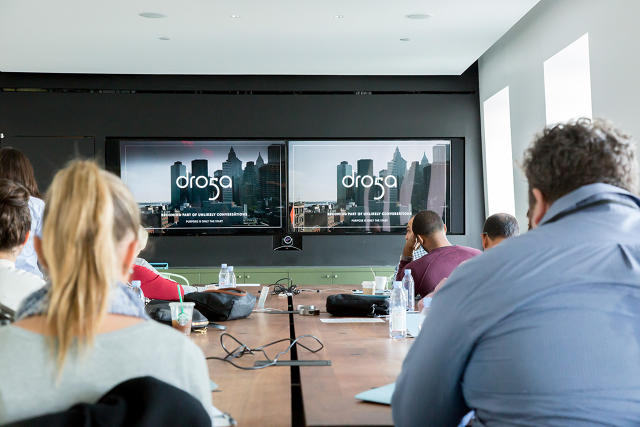
Droga5 says that the agency, which now has over 700 employees and more than 25 clients from UNICEF and the Gates Foundation to Evian and the New York Times, is focused on the question: “Why would someone care about the message that we think is important?” And he wants to take advertising beyond the Mad Men stereotype of hucksters selling Lucky Strikes: “With great strategy, with great restraint, with positivity, advertising can be a force for good.”
To that end, Droga5’s global chief strategy officer, Jonny Bauer, gave Fast Company Innovation Festival attendees a taste of the brainstorming and process that goes into the agency’s proudest creations during a visit to their New York headquarters.
One of the most groundbreaking commercials was the one they did for Honey Maid, an iconic brand, that featured a same-sex couple, two interracial couples, a single parent, and a punk-rock family dancing around a drum kit. Bauer admits that they were well aware that there could be a backlash to the ad, which was the most widely viewed commercial in the world the week that it aired in 2014.
And the agency came up with a brilliant way to respond to the vehemently homophobic reactions that the ad inspired: With another ad that showed artists taking pieces of paper that included the angry comments, rolling them up into tubes and arranging them to spell the word, “Love.”
More recently, they are working with the Times on their new virtual reality product, Daily 360, which just debuted this week.

Bauer said that the agency’s strategy when coming up with these ideas is “If this, then that,” brainstorming through all the different ways that a certain ad will be received and debated, to see if it serves the larger purpose behind the campaign. He says his team creates war rooms, where they often sit down with the clients, and thinks through Plan Bs and multiple alternatives.
What keeps him up at night? “Does this feel right, coming from this brand?”
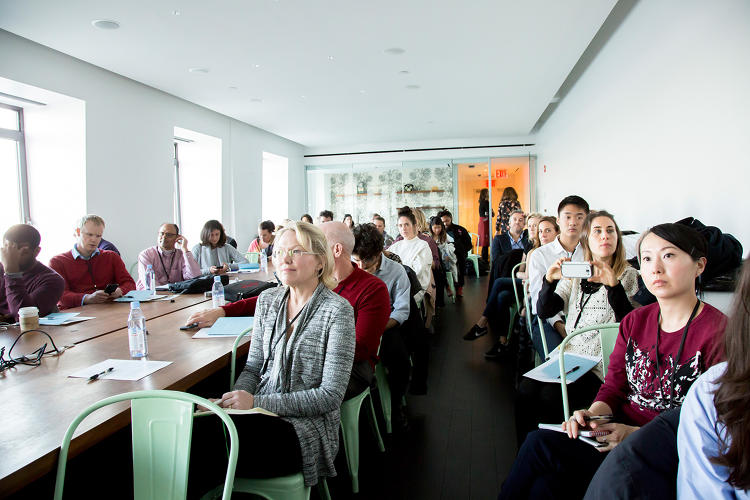


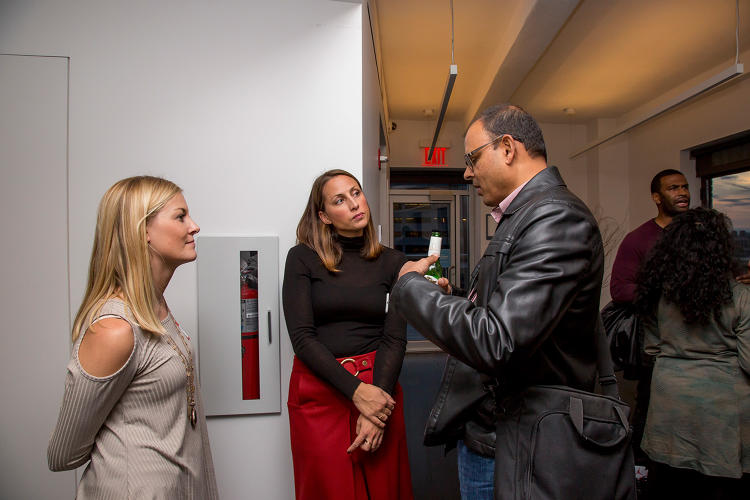
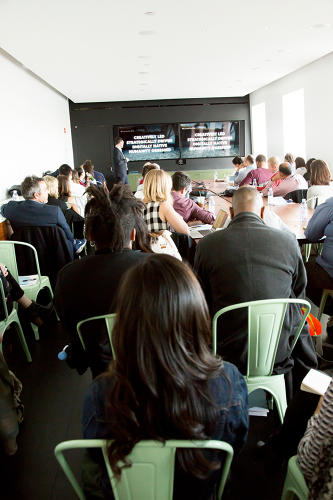
Fast Company , Read Full Story
(41)

